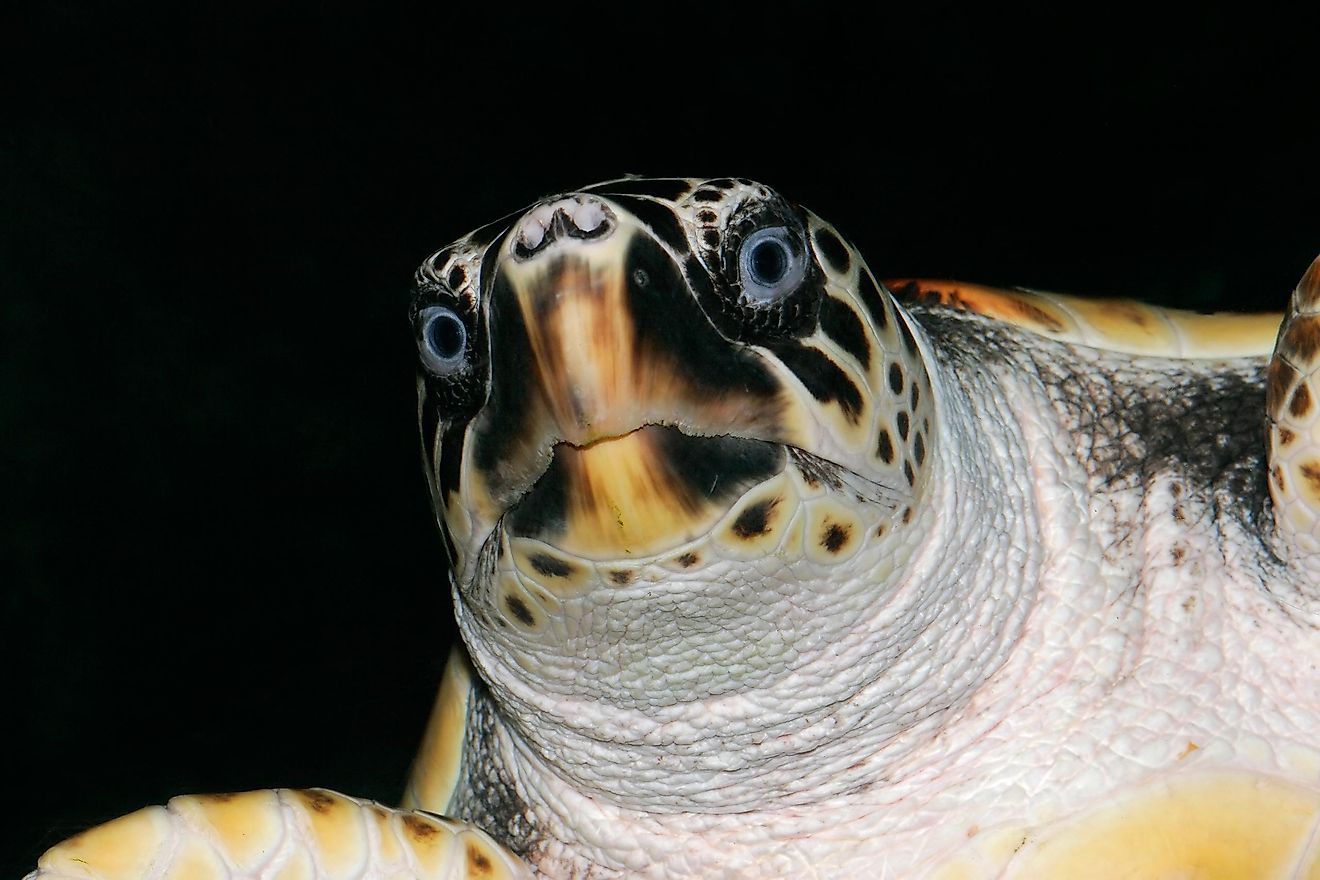
- Many turtle species hibernate on the bottoms of frozen lakes and spend their winters in that state – they do not use their lungs at all while doing so.
- Loggerhead turtles typically stay underwater for a little under an hour in a single dive.
- Turtles are ectotherms, meaning that they can use outside sources to maintain their body heat.
Well, humans just aren’t built to hold their breath for long periods of time, although some people manage to do it better than average. Most notably, Aleix Segura Vendrell, the Guinness World Record holder for the longest time breath held voluntarily, managed to hold his breath for over 24 minutes.
While that is certainly impressive, it does not come close to what animals can do. Many animals can hold their breaths for extremely long periods of time, but the loggerhead turtle is the most impressive one. It can live on just one breath for approximately 10 hours.
Loggerhead Turtles
Unlike humans, many animals that breathe air are built to hold their breaths for longer periods. Many turtle species hibernate on the bottoms of frozen lakes. This is how they spend their winters, and they do not use their lungs at all while doing so. However, while they are doing this, they are using small amounts of oxygen. This process is called cloacal respiration, and while using it, the turtles actually breathe through their butts. As funny as it may seem, it is true, and they use that part of their bodies because it is well vascularized, meaning it has a lot of blood vessels.
On the other hand, sea turtles do not use this method of surviving, but they can hold their breaths for insane amounts of time. Most notably, loggerhead turtles usually stay underwater for a little under an hour in a single dive. However, they can stay there for more than 10 hours and sustain themselves completely if they are not in any type of danger. How are they able to do this? Because turtles are ectotherms.
Ectotherms & Endotherms
Ectotherms are animals that use outside sources to maintain their body heat. On the other hand, endotherms need a lot of oxygen to keep their bodies hot. If you haven’t guessed it by now, humans are endotherms. However, this makes marine mammals even more impressive. Not only are whales gigantic animals that take our breath away every time they jump above the surface of the ocean, the fact that they take these incredibly deep and long dives while hunting for food is truly miraculous.
Some whales are especially impressive, with the ability to dive more than 10,000 feet deep into the ocean while searching for food. While doing so, they can hold their breaths for over an hour. Cuvier’s beaked whale is one such species, and at times they can hold their breaths for much longer than that, over two hours.
Naturally, other whale species do not fall that far behind, with sperm whales being able to hold their breaths for 90 minutes. What is impressive here is that their metabolisms are huge, and they still manage to go without oxygen for so long. They do it by slowing down their heart rates while changing the direction of their blood flow towards their brains, muscles, and hearts.


 Users Today : 695
Users Today : 695 Total views : 464459
Total views : 464459